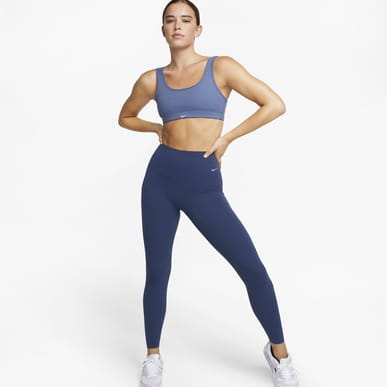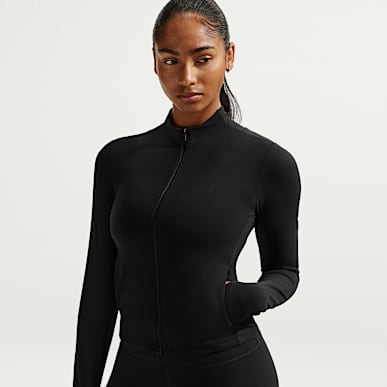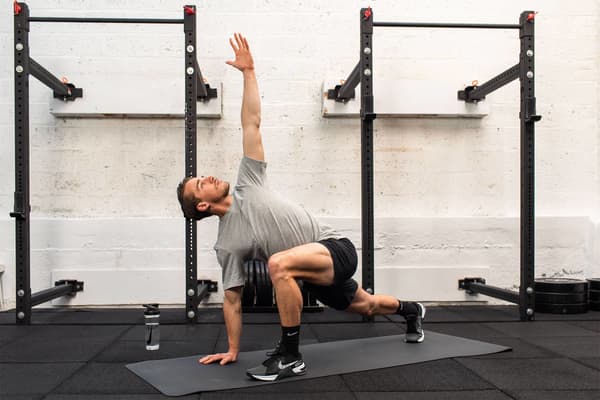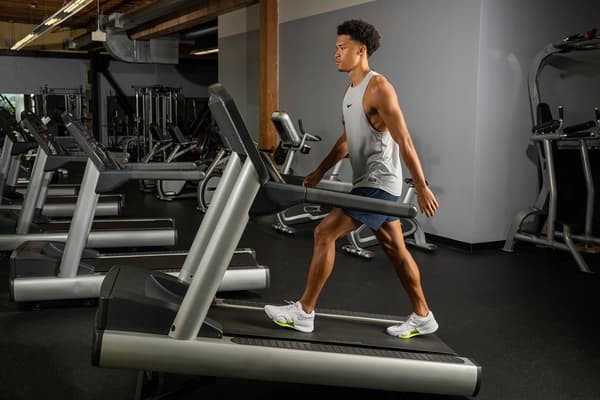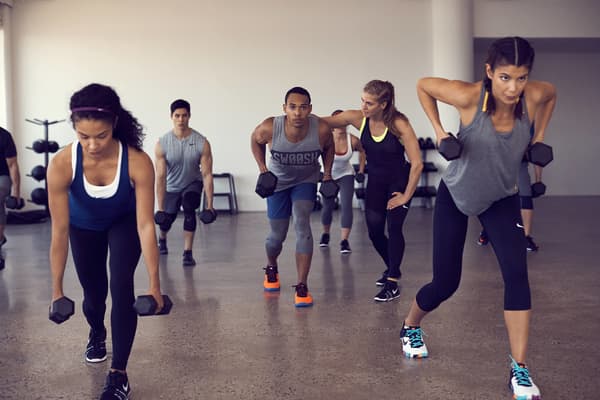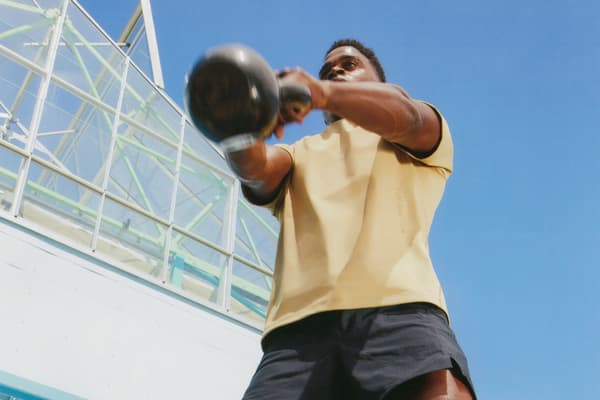How Many Rest Days Should You Take Each Week? Experts Explain
Sport & Activity
One of the most unexpected things you can do to reach your goals? Backing off on exercise.

When you're chasing a fitness goal, it can be tough to sit back and relax—literally. Rest (or taking a break from exercise) can seem counterintuitive.
You may think that, if you could just squeeze in one more lifting sesh or punch out an extra cycling class, you could maximise fitness gains. But experts say that carving out time for rest is critical for your health, injury prevention and ability to reach your athletic goals.
(Related: 5 Benefits of Stretching Daily, According to Experts)
How Many Rest Days Do You Need?
Workouts look different for everyone. They're based on your abilities, goals and the time you have to devote to them. The amount you should rest depends on how strenuous your sessions are as well as how often you exercise.
For instance, if you have specific training goals and are regularly engaging in long or challenging workouts, you should plan to rest one or two days per week, said exercise physiologist Alyssa Olenick, PhD in exercise physiology.
Why Is Rest So Important for Your Body?
It can be strange to think that resting is your ticket to getting faster and stronger—and reaching your fitness goals. But, it's true.
"Taking one or two days off can help you recover more and make more progress", Olenick said. "We make our gains while training, but we need rest and recovery for our body to heal from that training and [to] make adaptations".
If you're not sure how many rest days to take each week to build muscle, consider what's happening in your body during those recovery periods.
"Our muscles are having an acute inflammatory response that helps facilitate the muscle repair process", she said. Immune cells, blood flow and nutrients are transported to muscle cells, which helps to increase muscle growth and strength when resistance training is a focal part of training.
Then, there are cardiovascular adaptations that happen during recovery. Olenick said that cardio workouts stimulate new or more mitochondria (cells that generate energy) and small blood vessels. These types of workouts also improve the body's ability to deliver oxygen-rich blood to muscles and pull from fat stores to fuel a workout. Over time, these physiological changes will help to improve your performance.
What Rest Looks Like
Depending on the volume and intensity of your weekly workouts, you don't have to completely avoid activity.
For example, rest might look like a gentle 15- to 20-minute walk or an easy bike ride around the local area with your kids. It can also be mobility work such as foam rolling or dynamic stretches, or a yoga class. If you go the yoga route, aim for a more relaxing session, suggested Grayson Wickham, DPT, CSCS.
(Related: The Best Workout Mat From Nike to Shop Now)
"You don't want to spend your day sitting on the sofa, especially if you have a sedentary job, but you also don't want to do anything that pushes you or elevates your heart rate too much", he said.
Doing light activity is called active rest, Wickham said, as this movement increases blood flow, boosts the delivery of nutrients to muscles and encourages lymph flow to ferry out waste from your body.
"Do a walk, easy cardio or a fun hike or another healthy activity that's not super stressful, but keeps you moving for your health", Olenick said.
She also stressed how important it is to not go "all out" each workout. For example, if you're a runner, you won't be pushing yourself to go as hard and far as you can for every run. Some runs will be short and easy while others will focus on speedwork or on longer distances.
The key is to be mindful of how you spread out volume and intensity throughout the week, as it's an important part of your recovery. Research has shown that you can experience muscle soreness within 24 to 48 hours after intense exercise. Therefore, it's imperative to sprinkle in easier workouts or active recovery between those tougher days. Connecting with a certified personal trainer or strength coach can help you accomplish this in a safe and effective way.
Promoting recovery also involves getting good sleep and nutrition, said Olenick. The Centers for Disease Control and Prevention recommends seven-plus hours of sleep per night. Eating enough calories, protein and carbohydrates also helps to aid muscle growth and replenish glycogen (stored carbohydrates) stores.
(Related: Can't Sleep? Here's What Experts Say To Do)
Potential Consequences of Skipping Rest Days
Just as rest helps recovery, skipping it hinders this crucial process.
"If you're in a constant state of breaking down your body and don't give your body sufficient tools to repair what you've done in training, you will not make any progress", Wickham said.
Exercise not only works your muscles and cardiorespiratory system, but it's also a stressor on your central nervous system, he said. "Eventually, you can overwork your central nervous system and go down the path of overtraining".
Scientists have proposed that the central nervous system, or CNS, protects the body from overdoing it during exercise by sending signals to the muscles that it's experiencing fatigue, in an effort to maintain homeostasis. Due to this protective mechanism, not getting enough rest days can cause the CNS to go into overdrive trying to maintain this balance. That can result in a lack of motivation or burnout, as well as a risk of injury.
Think of a rest day as recharging your batteries. "If you have no rest days, eventually it will catch up to you. You may be able to power through for a few weeks, but this is not sustainable in the long term", Wickham said.
The Answer? Rest One or Two Days Per Week
For the best performance and to reach your goals in the safest and most effective way possible, plan for one to two rest days per week. Olenick recommended spacing these out—take one rest day mid-week and the other at the weekend, or in between bigger workouts. Once you've given your body the rest it needs, you can get back out there.
Words by Jessica Migala
